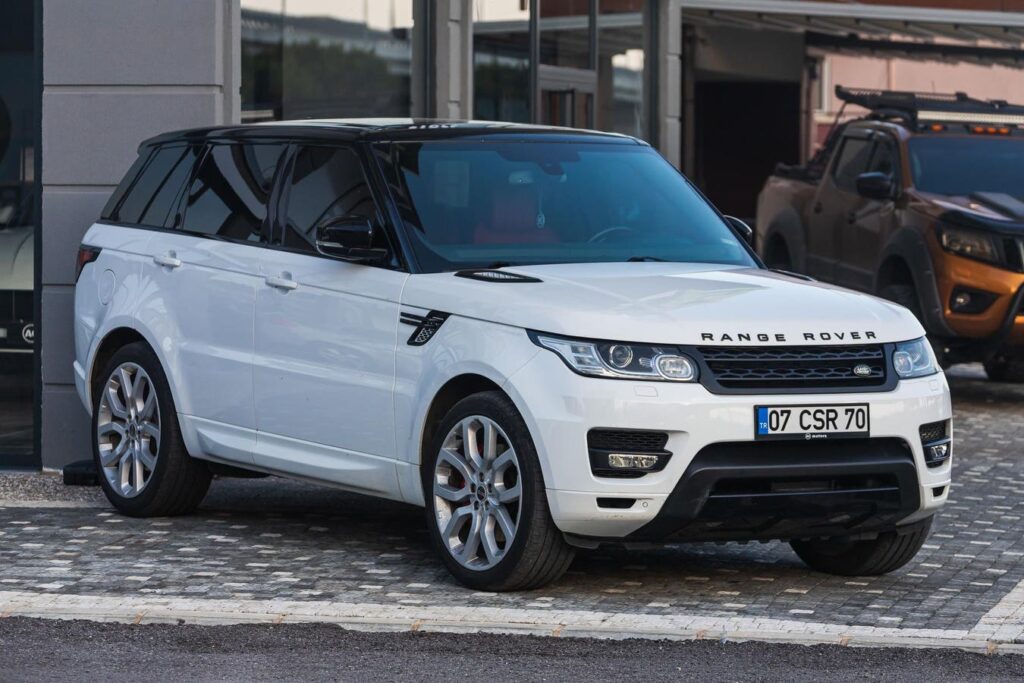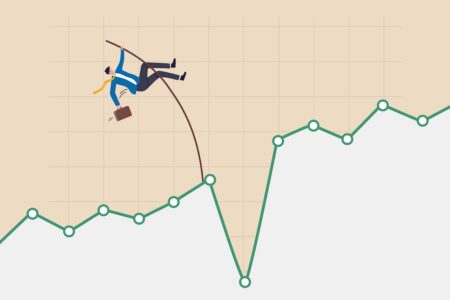Forecasters say sales of sedans and SUVs this year in Europe will range from modest gains to simple stagnation. That sounds as about as far from excitement as you can get.
But if forecasts are right, most investors will breathe a sigh of relief and pinch themselves to make sure they aren’t dreaming. Survival would be a bonus.
The European automotive industry is in the throes of unprecedented turmoil and uncertainty. President Donald Trump’s tariffs suggest traditionally hugely profitable European sales in the U.S. from the likes of BMW and Mercedes could disappear overnight.
News Tuesday that President Trump was thinking about possible adjustments to the suggested 25% auto tariff allowed investors to dream for a while that outcomes might be positive.
Meanwhile the electric car revolution has brought unprecedented pressure on traditional automakers in Europe with China’s upstart EV makers bringing a reported 30% cost advantage to the market. Sales in China are drying up, so there’s not much comfort likely to be seen there after years of easy money for German manufacturers and the likes of JLR’s Range Rovers and Land Rovers.
Economies remain weak with European car sales still substantially below pre-Covid levels, and according to Professor Stefan Bratzel, director of the Center of Automotive Management, in coming years some leading players will go under or be forced into mergers.
Investment bank UBS said European manufacturers can expect to see a huge bite out of their profits this year as U.S. auto tariffs and the ensuing slowdown in global growth will drive profits down by between 20 and 30%.
“Our 2025 earnings per share cuts range from 20 to 30% for most (manufacturers); cuts for 2026 are in the same order of magnitude. Unless the auto-specific tariffs get reduced or removed, a scenario with low probability in our view, we believe the sector is highly unlikely to outperform the broader market,” UBS said in a report published before the latest tariff developments.
GlobalData’s monthly report on prospects for the Western Europe auto market pointed to stagnation in 2025 with a barely perceptible 0.5% gain to 11.5 million, after an unchanged 2024. Sales peaked at 14.3 million in pre-Covid 2019, a loss of nearly 3 million sales every year. Western Europe contains the five big markets of Germany, France, Britain, Italy and Spain.
“The Western European (sedan and SUV) market continues to struggle amidst increasing economic headwinds. U.S. President Donald Trump’s implementation of tariffs on automotive imports, along with broad tariffs affecting all U.S. trade partners, has heightened global trade war concerns,” Global Data said in a report.
“The situation presents substantial challenges and potentially harmful consequences for various Western European economies, many of which depend heavily on the U.S. for a significant portion of their exports. Added to which, the recent stock market sell-off will have negative wealth effects,” GlobalData said.
“The economic situation is currently very fluid, and an even weaker market result cannot be ruled out,” GlobalData said
The forecaster BMI was much more bullish, expecting sales in the whole of Europe to rise 3.8% in 2025 to 17.0 million.
The Center of Automotive Management said in a recent report that last year major manufacturers’ earnings before interest and tax (EBIT) fell just over 20% and is a sign of deeper structural challenges.
“These significant drops have already triggered far-reaching efficiency and cost-reduction programs. For some companies, this includes layoffs, production adjustments and strategic realignment,” the report said.
“These numbers are more than temporary fluctuations – they are indicators of a deeper transformation underway in the automotive industry. We are entering a phase of increased consolidation and structural change.”
“To stay competitive, carmakers must accelerate their transformation – not only in terms of product but also in terms of business models and value creation. Few companies will be able to shoulder the required investments in electromobility, software-designed vehicles and automated driving on their own. Strategic partnerships, innovation speed, cost efficiency, and organizational agility will become decisive factors for long-term success,” the report said.
Read the full article here
















